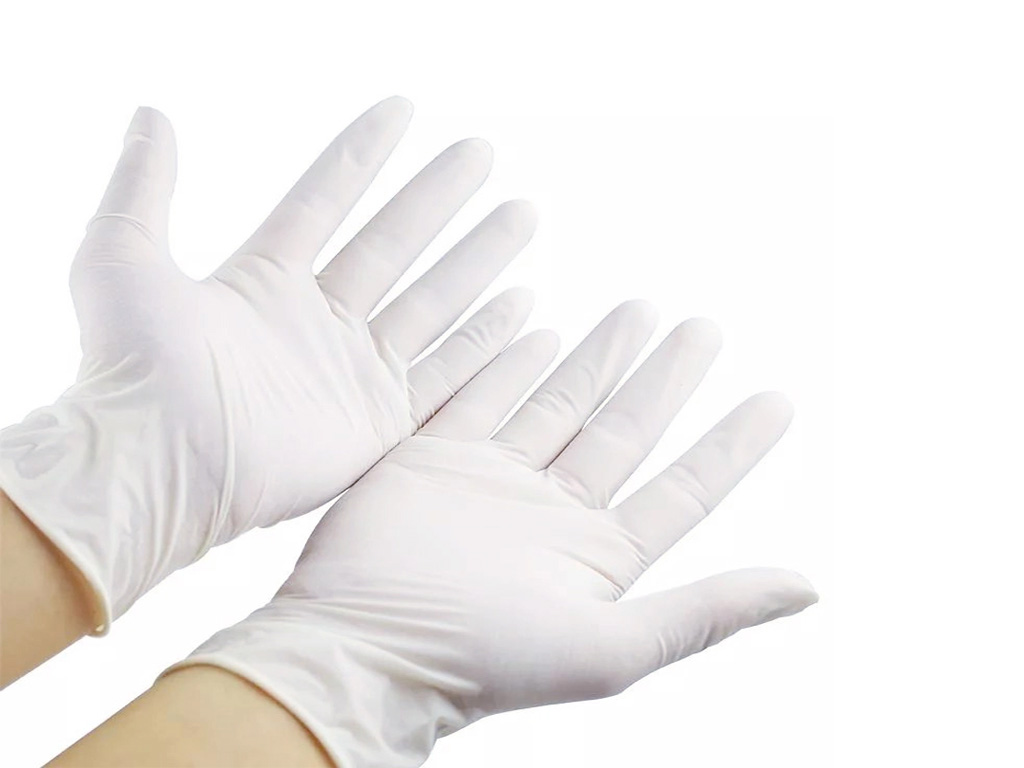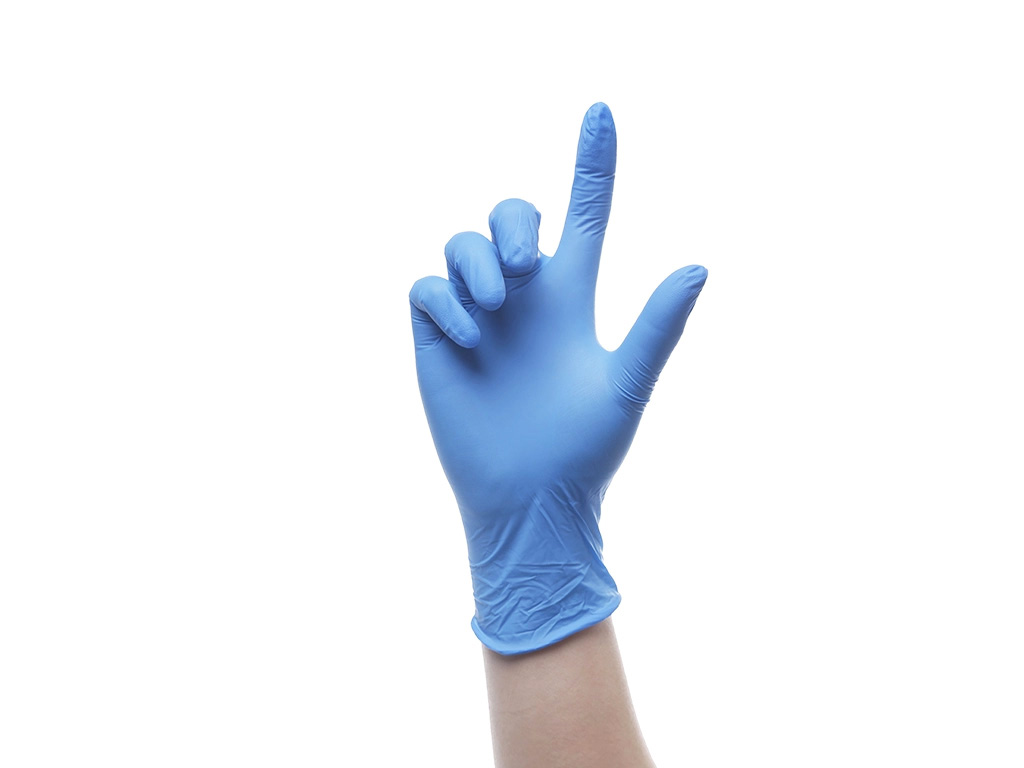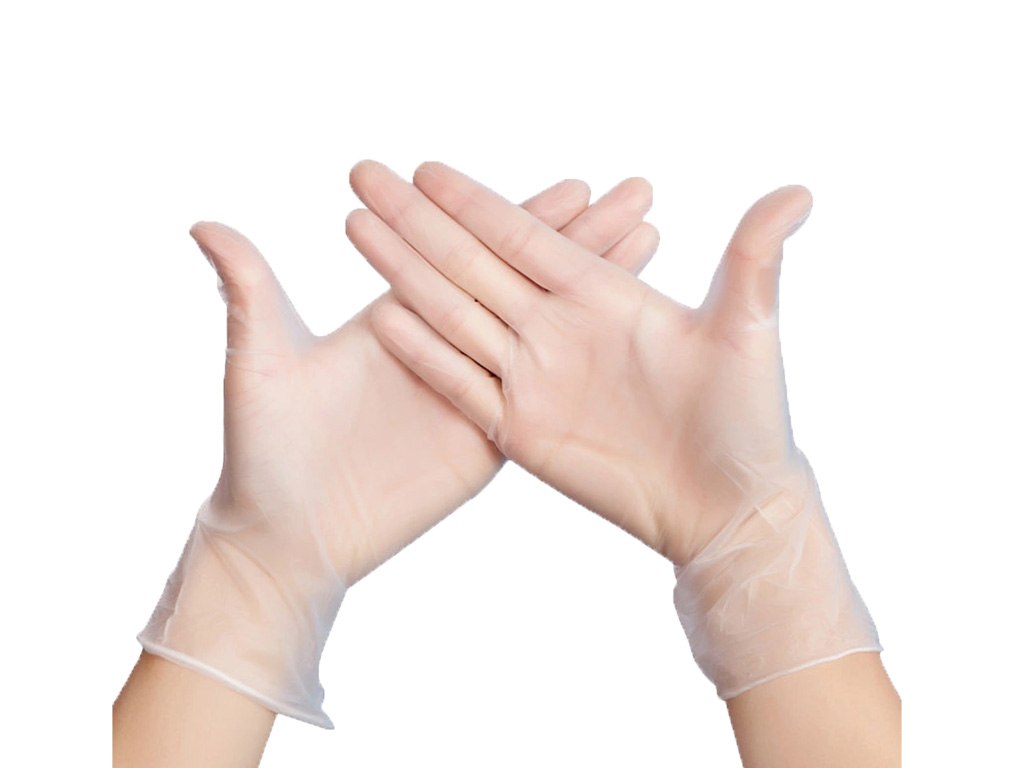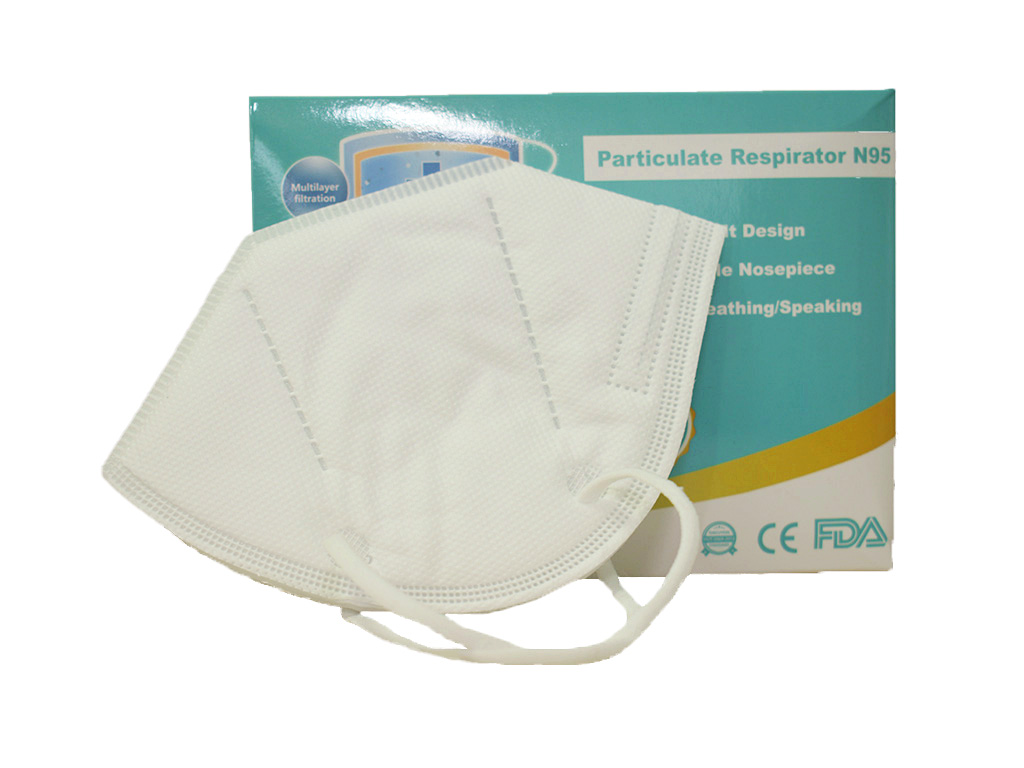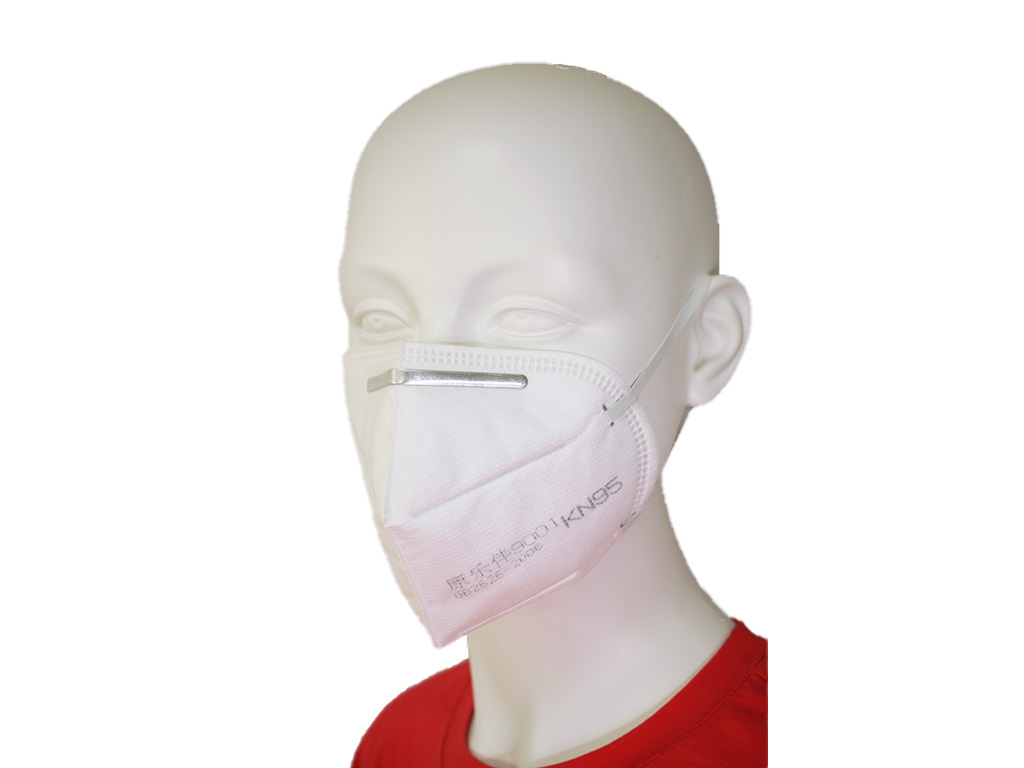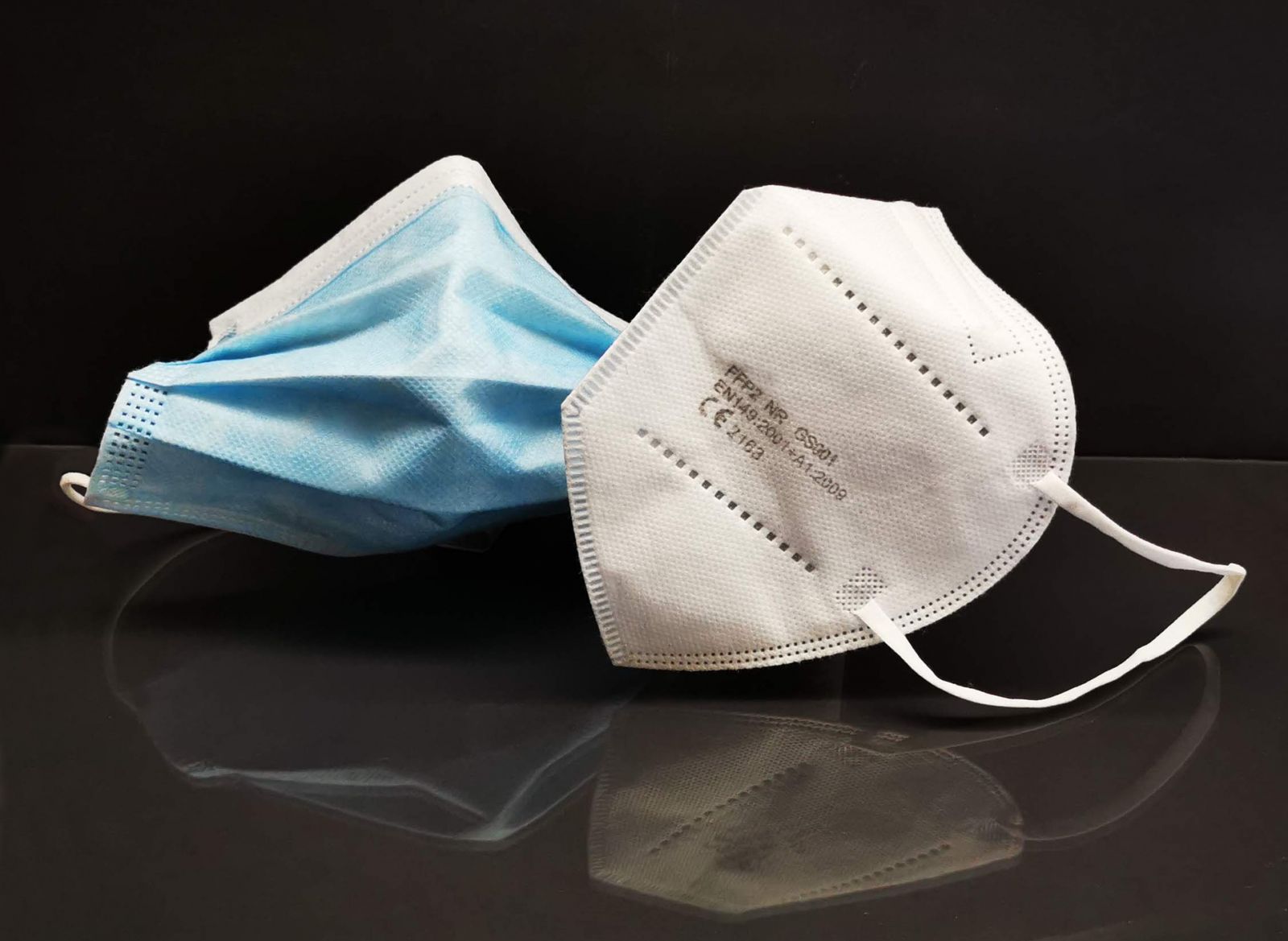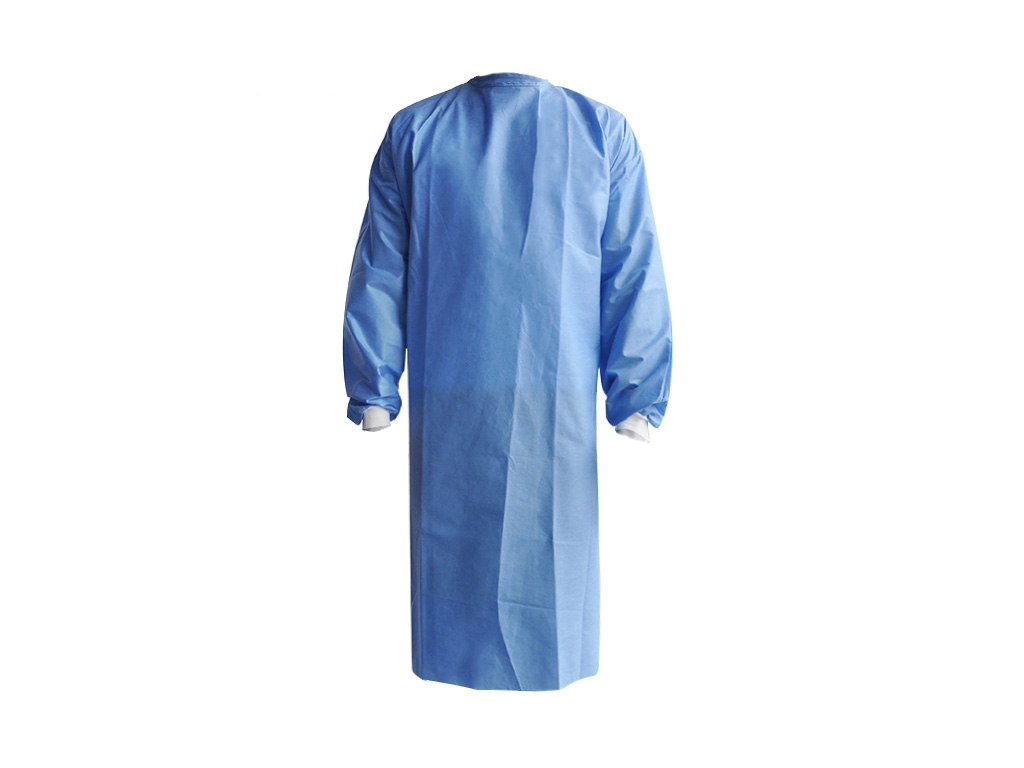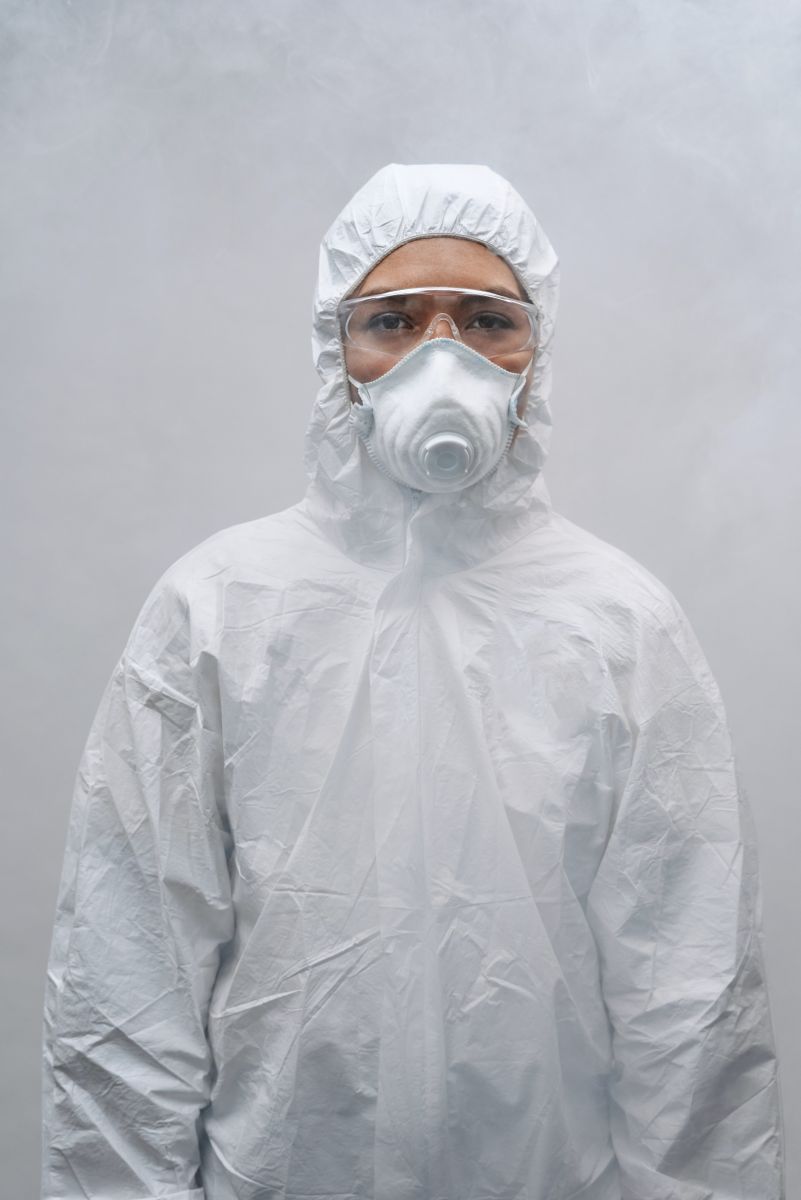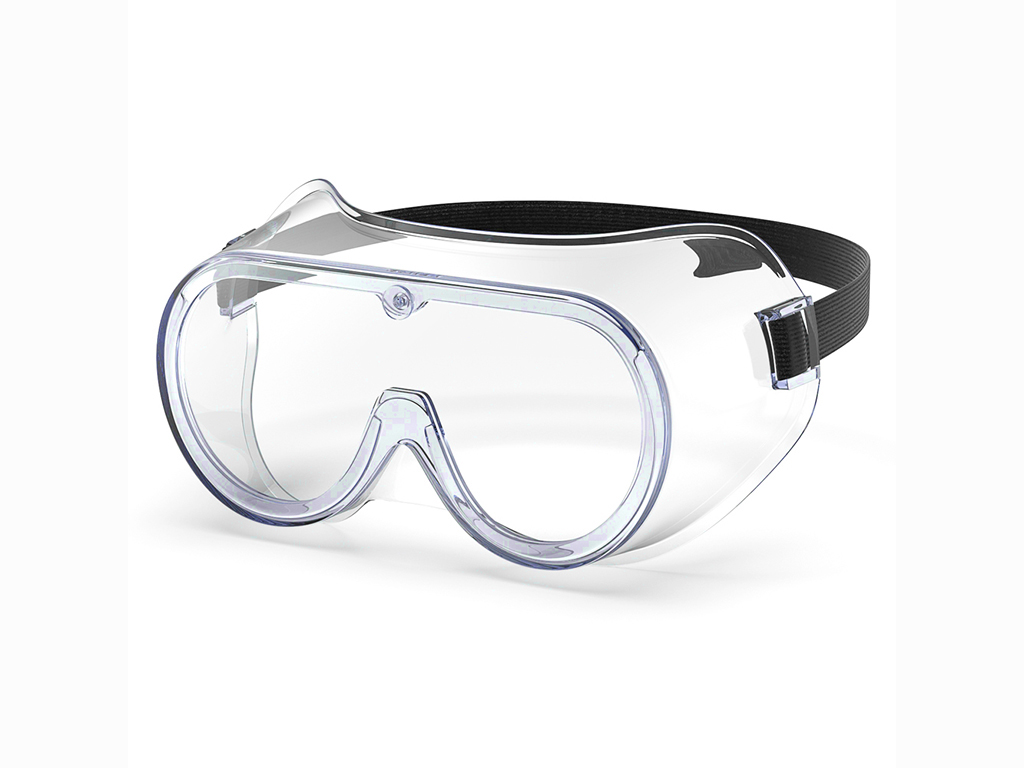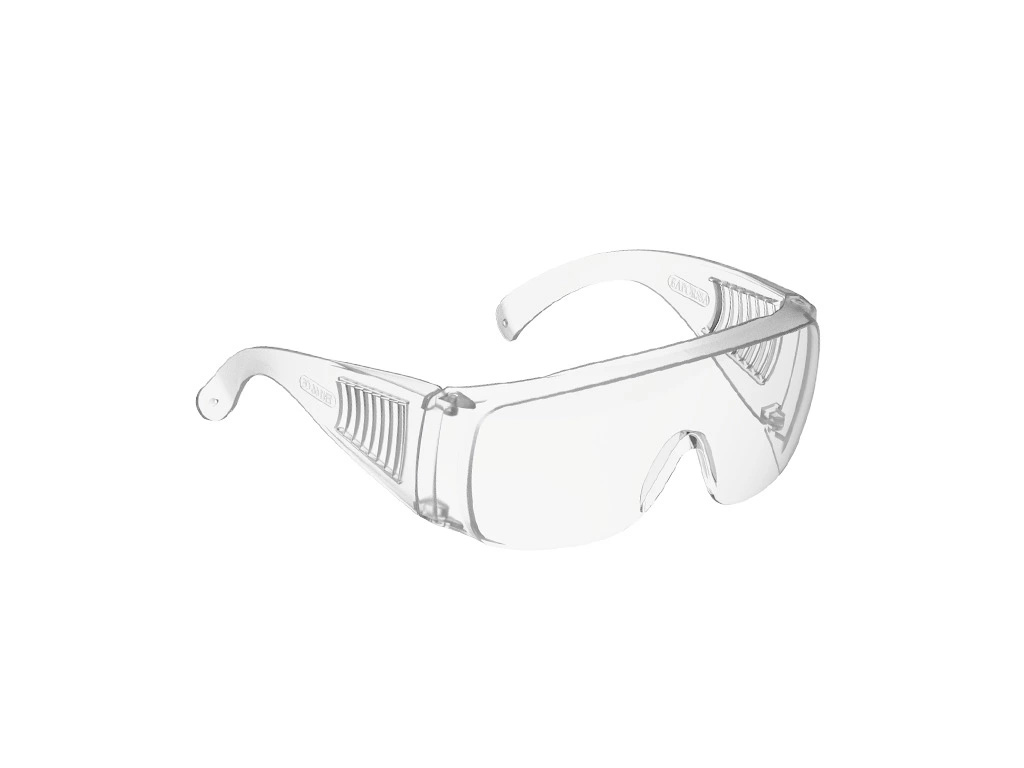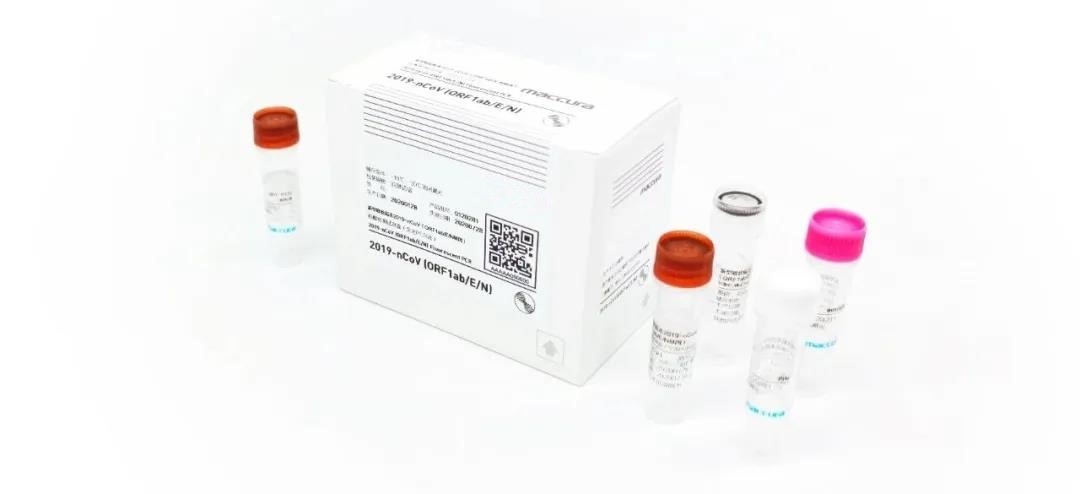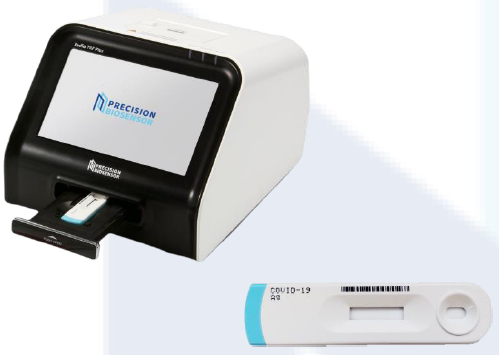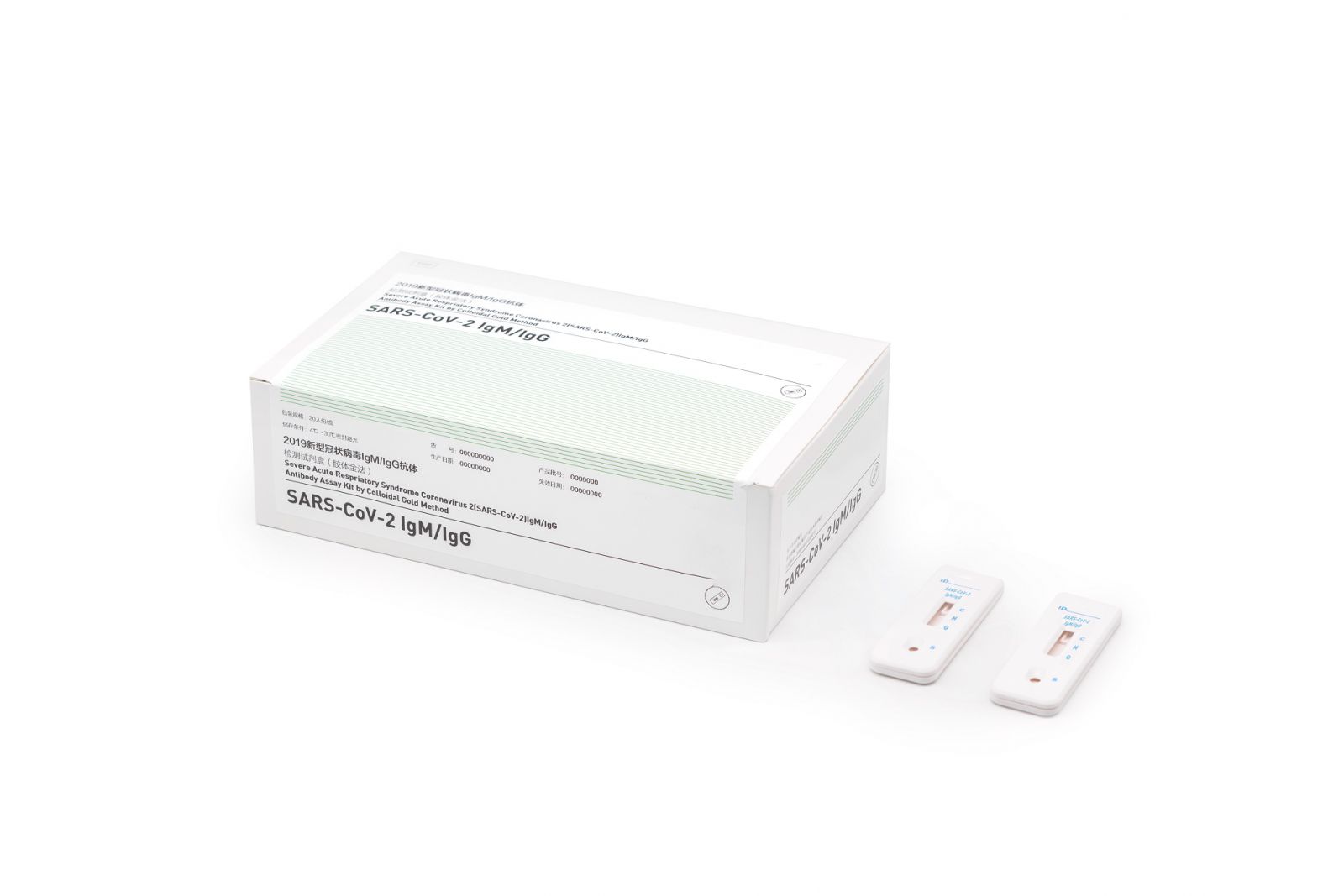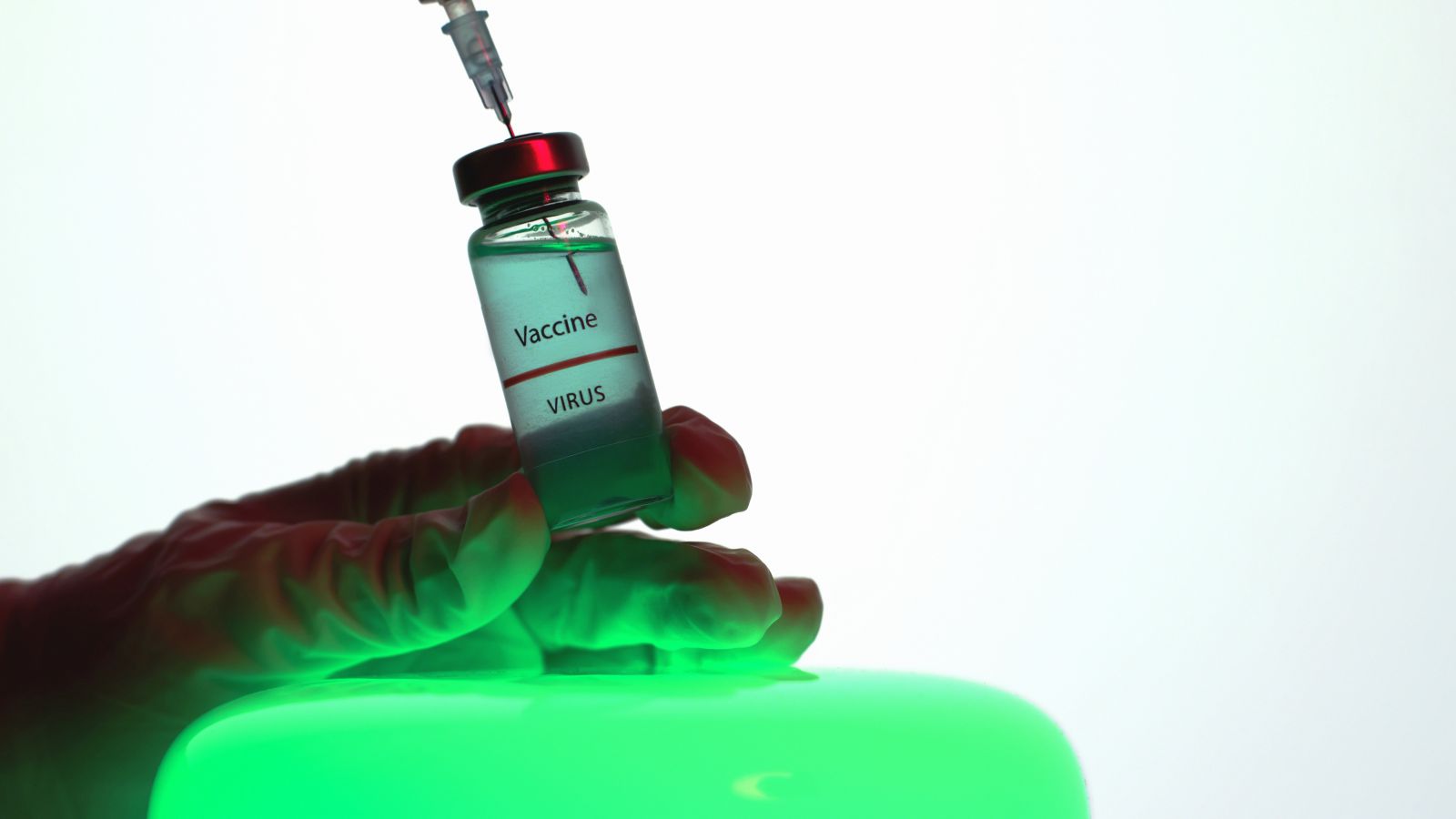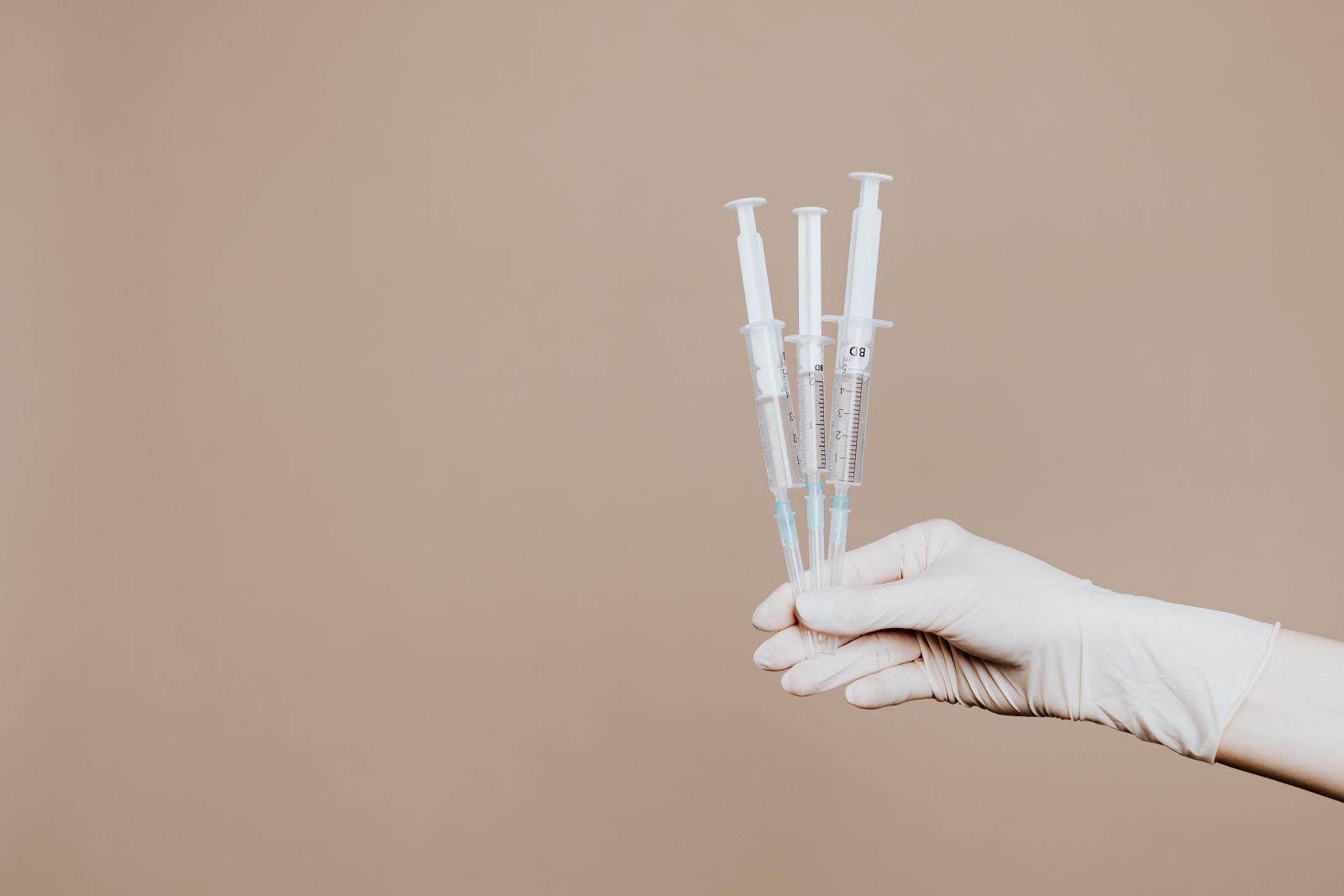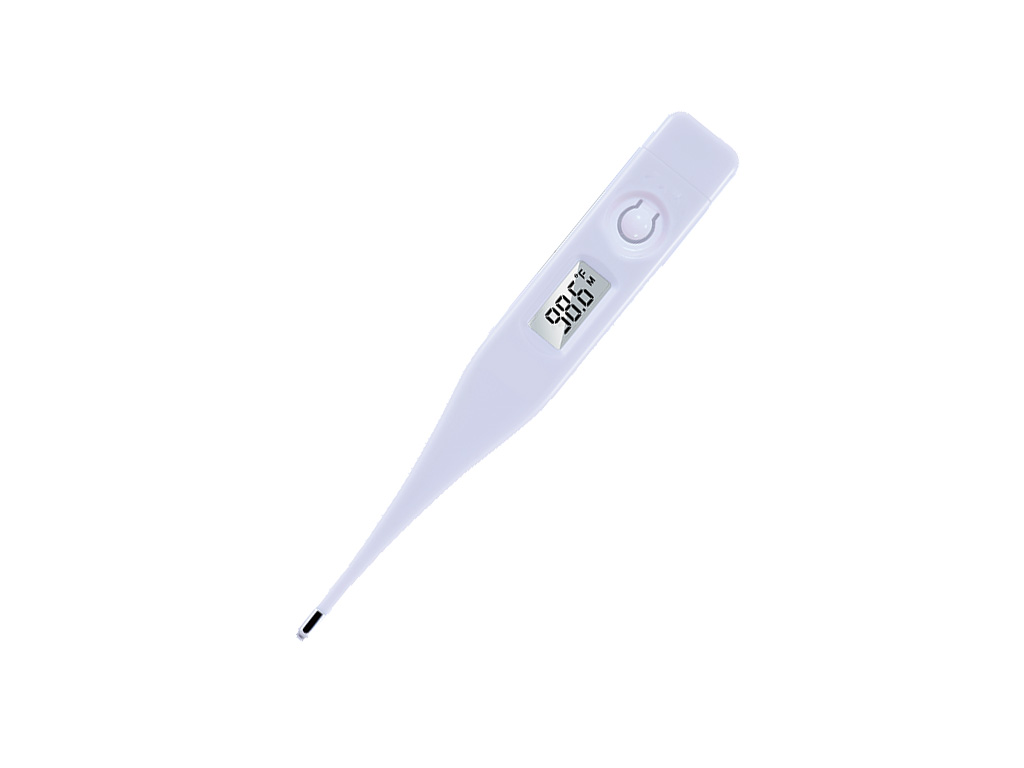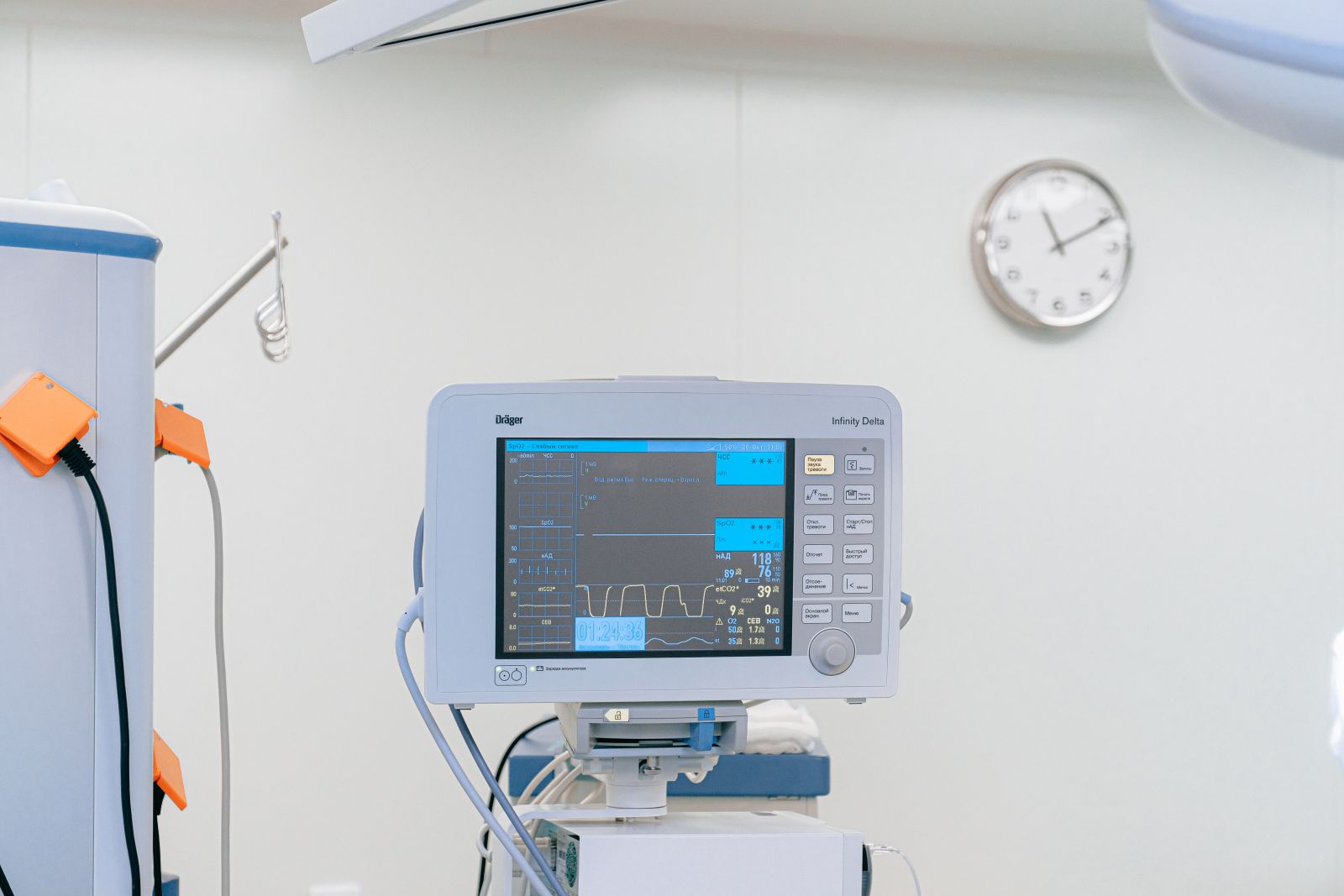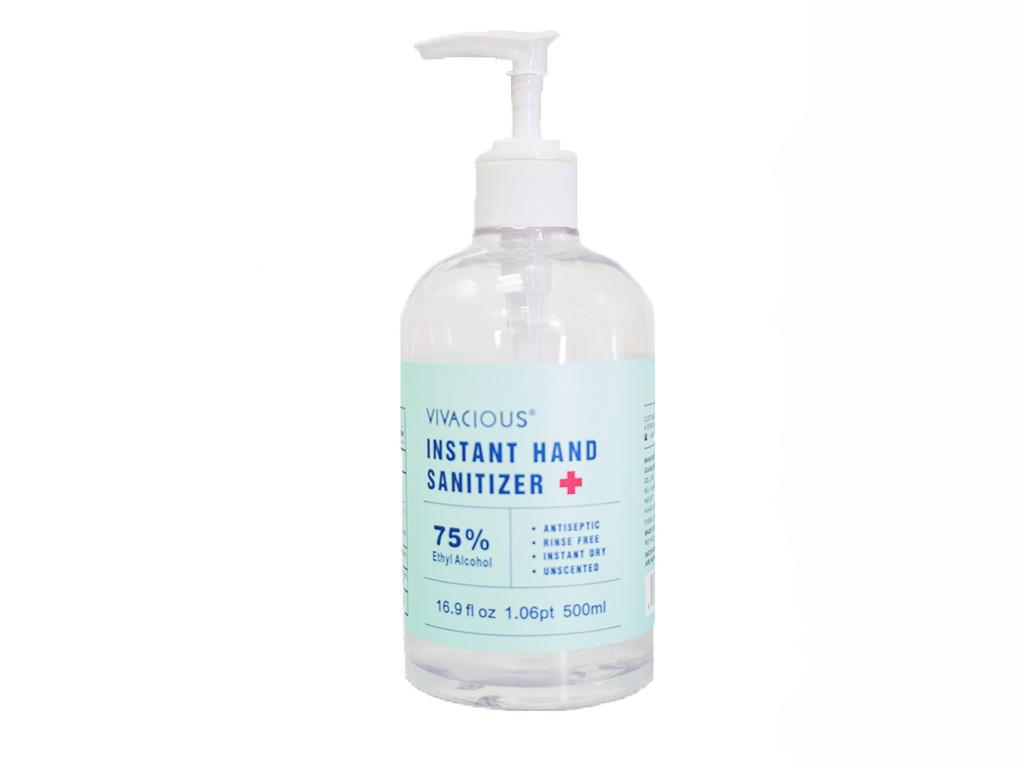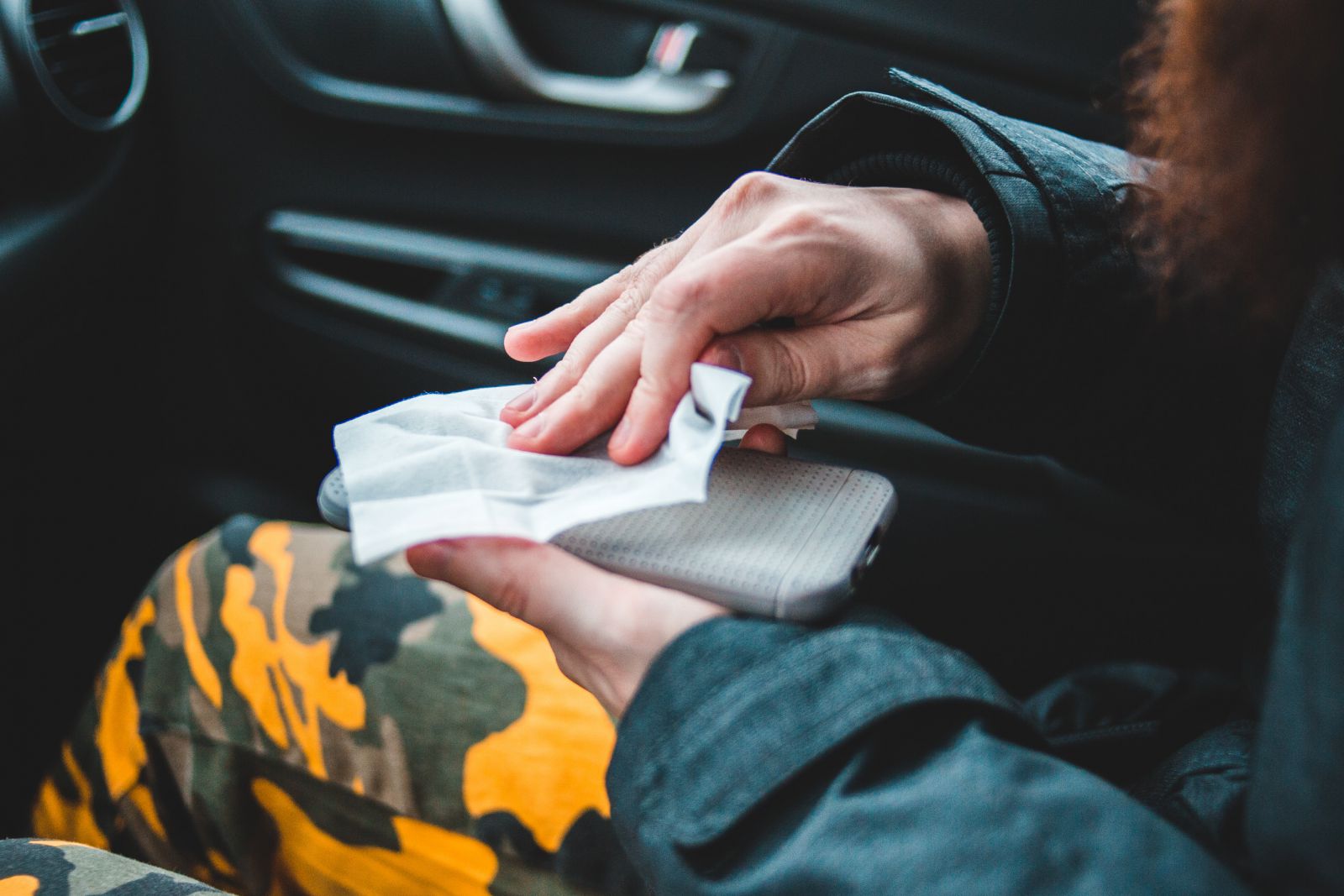
aeptis
No matter your industry, no matter which situation you are in, no matter your needs in marketing materials, aeptis will make sure that your campaign ideas translate into marketing materials with a cool design, with the best quality, at the correct price, delivered where you need them, when you need them in the most efficient way.
Personal Protective Equipment
For over 9 years aeptis has been extending its reach in the Personal Protective Equipment industry.
After supplying our partners in F&B, health supplement and cosmetic industries with marketing materials, we used our knowledge in supply chain optimization to procure PPE for employees.
For over 7 years, we have leveraged our sourcing capacities and supply chain to deliver PPE as well as medical tools and equipment to the pharmaceutical industry.
From January 2020 with what was then just a local epidemic, we started sourcing globally much needed PPE to help different government entities in China to cope with the increasing shortage of supplies amidst a national shutdown.
Since then, we have helped a countless number of government entities in 19 countries across 4 continents to procure PPE to aid the frontline heroes who are working hard to keep our lives going during this Covid-19 pandemic and beyond.
By working directly with the manufacturers and continuously liaising with their top management we can stay ahead of constant market evolutions and consult our partners on how to optimize their PPE supply chain.
Our diverse range of products cover:
Medical gloves are examples of personal protective equipment that are used to protect the wearer and/or the patient from the spread of infection or illness during medical procedures and examinations. Medical gloves are a part of an infection-control strategy.
Medical gloves are disposable and include examination gloves, surgical gloves, and medical gloves for handling chemotherapy agents (chemotherapy gloves).
They are mostly made from the following three materials:
Medical face masks are broken down into 2 main categories: surgical masks and respirators.
Type I, and Type I R face masks have a BFE (bacterial filtration efficiency) of 95%, whereas Type II and Type II R face masks have a BFE of 98%. The breathing and splash resistance for Type I R and Type II R masks are the same.
Type I, I R, II and II R face masks are medical masks tested in the direction of exhalation (inside to outside) and consider the efficiency of bacterial filtration. Surgical masks of this type stop the wearer from infecting the surrounding environment. Type I, Type IR, Type II and Type IIR masks are for use in protecting others from the wearer transmitting infection. They are not effective at protecting the wearer from airborne diseases such as coronavirus.
A respirator is a personal protective device that is worn on the face, covers at least the nose and mouth, and is used to reduce the wearer’s risk of inhaling hazardous airborne particles (including dust particles and infectious agents), gases, or vapors. Different countries have different standards for particulate respirator masks. It is reasonable to consider China’s KN95s equivalent to US N95s, Mask standards for Europe (FFP2), Australia (P2), Korea (KMOEL), and Japan (DS).
FFP2, FFP3, N95, KN95 and the other mentioned respirator masks are effective at protecting the wearer from viral transmissions.
aeptis can supply all types of face masks and respirators according to numerous international standards:
Gowns, protective suits and covers are examples of personal protective equipment used in healthcare settings.
They are used to protect the wearer from the spread of infection or illness if the wearer encounters potentially infectious liquid and solid material. They may also be used to help prevent the wearer from transferring microorganisms that could harm vulnerable patients, such as those with weakened immune systems.
Gowns, protective suits and covers are one part of an overall infection-control strategy.
Eye protection is recommended for a variety of potential occupational exposure settings where workers may be at
risk of acquiring infectious diseases via ocular (eye) exposure. Eye protection is intended to provide a barrier to infectious
materials entering the eye and is often used in conjunction with other personal protective equipment (PPE) such as gloves,
gowns, and respirators.
During an epidemic or a pandemic, individuals may apply social distancing methods by staying at home, limiting travel, avoiding crowded areas, using no-contact greetings, and physically distancing themselves from others. These social and physical distancing measures aim to slow the spread of disease by stopping chains of transmission and preventing new ones from appearing.
But to put an end to an epidemic or pandemic, tests, detection kits and vaccines are the key tools.
aeptis provides a holistic range of tools to fight against the Pandemic:
Apart from tests, detection kits and vaccines, there are numerous other medical and sanitary tools and equipment which are needed in an infection control strategy.
To fight against Covid-19 or other viruses and diseases, you also need:
